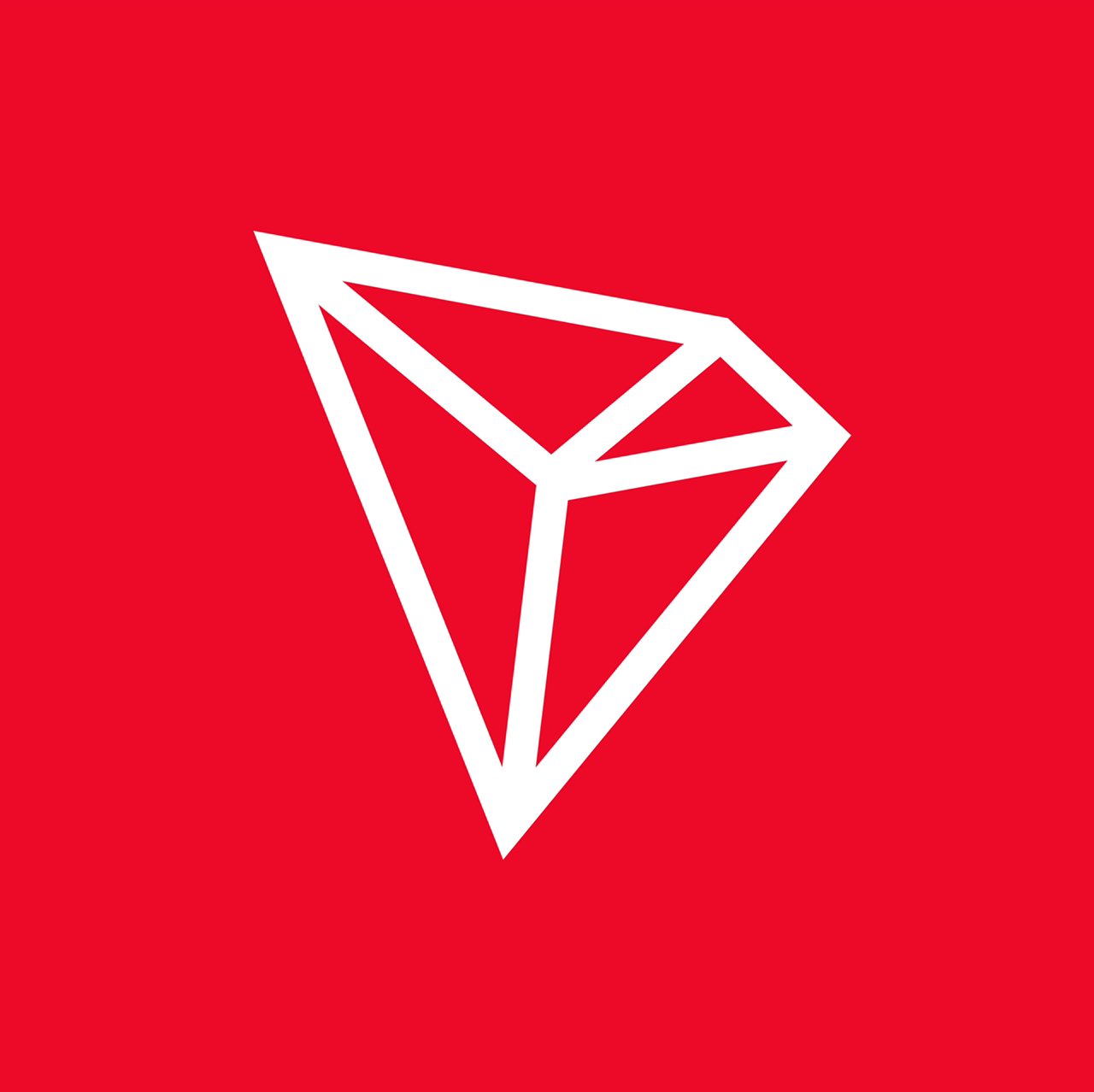Social media has become a part of peoples daily lives, from the initial text communication to short videos and live broadcast interactions. With the development of blockchain, social platforms have begun to explore new models, giving birth to the concept of SocialFi. It enables users to control their own data and social assets, while providing a new economic incentive model for content creators. In this issue of TRON Knowledge Bureau, we will take you to understand what SocialFi is.
SocialFi, or social finance, is a combination of social media and decentralized finance (DeFi). Its core is to give users control over their own data and content, ensure that they have real ownership, and provide a direct way to monetize without intermediaries. Unlike decentralized social networks (DeSoc), SocialFi focuses on monetizing social interactions, while DeSoc focuses more on establishing and maintaining social relationships.
Although traditional social media platforms (such as Facebook and X) connect billions of users around the world, their centralized structure brings many problems. The platform holds a large amount of user data, which may be abused or leaked. Moreover, the platform screens and recommends information through algorithms, which can easily lead to the information cocoon effect. In addition, the platform makes profits through advertising and data, but content creators fail to get due returns, which damages personal brand value.
It is the limitations of Web2 social platforms that have gradually made SocialFi a new direction of exploration. SocialFi uses blockchain technology to deeply integrate social interaction with financial incentives. Every like, comment or content creation of users can be converted into potential income. At the same time, smart contracts ensure the fairness and transparency of platform operations. In addition, SocialFi widely adopts the decentralized autonomous organization (DAO) model to allow users to participate in protocol governance.
Specifically, SocialFis advantages include:
1. Decentralized storage: All data on SocialFi is stored on the blockchain, effectively reducing the risk of personal data leakage and potential abuse.
2. Content ownership and incentives: Users not only have full ownership of their own data and content, but can also receive rewards through interaction and content sharing, and participate in community governance, breaking the situation in which traditional platforms are dominated by the platform and user benefits are limited.
3. Open data and interoperability: SocialFi provides users with a unified and verifiable digital identity. Users can switch seamlessly between different Web3 applications without re-establishing trust relationships. At the same time, the high interoperability of on-chain data breaks the data silo phenomenon of traditional platforms.
4. Composable open ecosystem: SocialFi is built on open blockchain protocols. Any developer can create applications based on these protocols to form a more dynamic and innovative ecosystem.
From the perspective of development history, SocialFi has roughly gone through two stages: 1.0 and 2.0. The 1.0 stage mainly revolved around the Token economy, emphasizing data rights confirmation and revenue distribution, and its core products were mainly concentrated in the fields of infrastructure construction, decentralized content platforms, and social token issuance. However, the projects at this stage were limited by the immature market environment, limited user participation, and limitations of the ecological model, resulting in many projects failing to develop sustainably.
After entering the 2.0 phase, SocialFi began to focus on richer social identities, data value mining, and the improvement of the social protocol ecosystem, aiming to fully open up the social closed loop. Among them, Soulbound Token (SBT) provides users with a more representative Web3 identity; at the same time, the in-depth mining and utilization of data value has also become a new development direction.
As these concepts mature and are applied, the SocialFi ecosystem is becoming increasingly rich, and different protocols are showing diversified development trends in terms of technical routes, application scenarios, etc.
Currently, active SocialFi protocols can be roughly divided into three categories:
• Social infrastructure: Provides underlying support for SocialFi applications, such as identity authentication, data storage, social graphs, etc. Representative products include Farcaster, Lens Protocol, etc.
• Social applications: Focus on building social products and providing functions such as user interaction and content creation. Representative products include Friend.tech, etc.
• Task Rewards: Proof of Attendance Protocol (POAP) is issued to encourage users to participate in community activities and provide corresponding rewards. Representative products include Galxe, etc.
According to CoinGecko data, as of February 14, the total market value of SocialFi was approximately US$1.34 billion, and its overall scale was much lower than mainstream sectors such as DeFi and GameFi. In terms of current development, SocialFi is still far from large-scale application, and it also faces problems such as scalability and sustainability of economic models. For example, traditional social media has invested a lot of money in servers and databases and has the ability to process massive amounts of data, while how Web3 applications can efficiently manage and store data under a decentralized architecture remains a challenge. In addition, in order to attract users, many SocialFi platforms offer high rewards, but this also leads to uneven content quality, and the long-term sustainability of its economic model remains to be verified.
However, in response to these challenges, some product developers are also deploying various scalability solutions, such as sharding and off-chain storage. I believe that with the continuous improvement of infrastructure, SocialFi is expected to reshape the landscape of social media and provide users with a more fair and transparent social experience.










